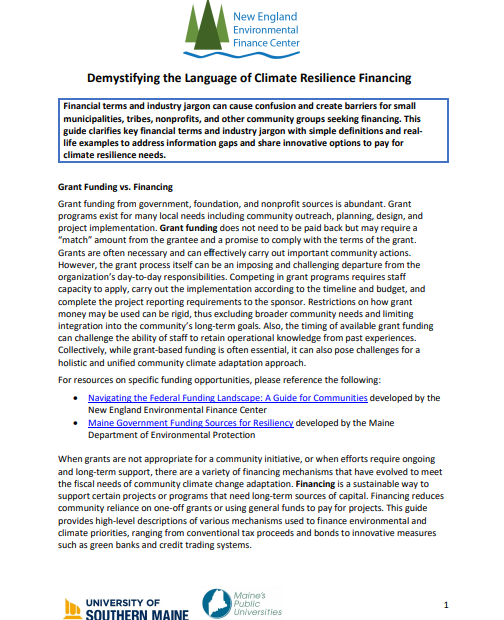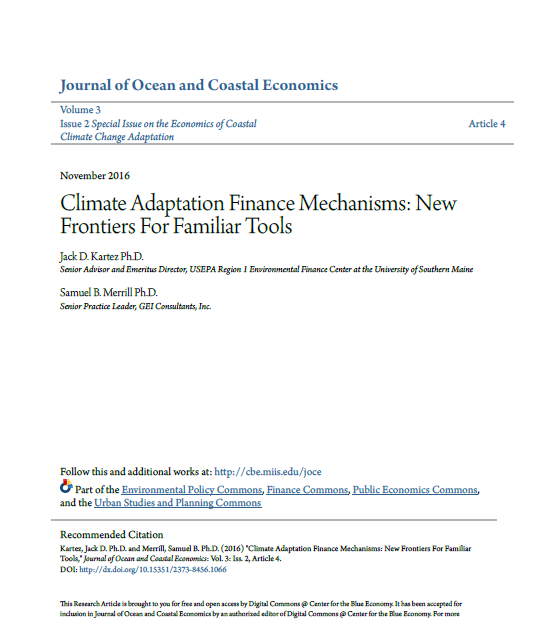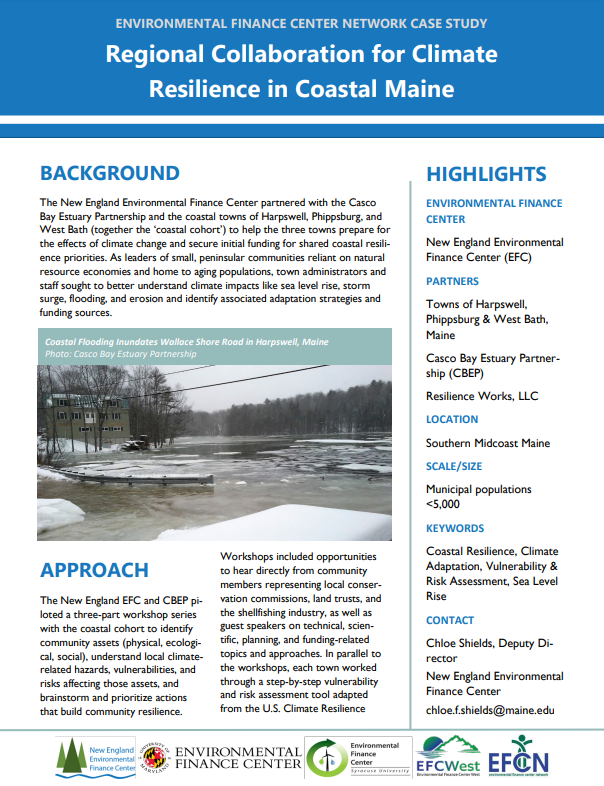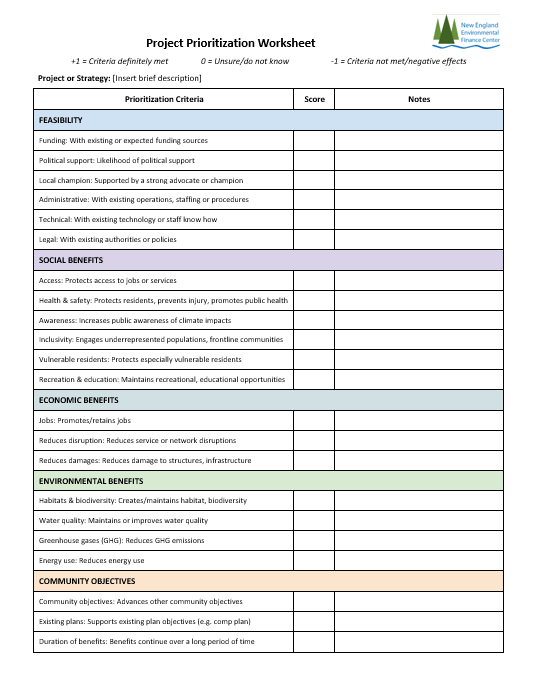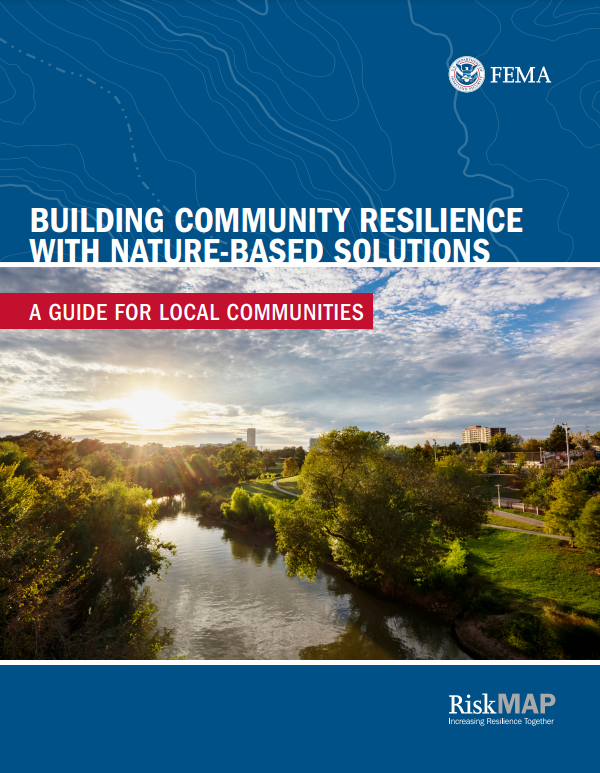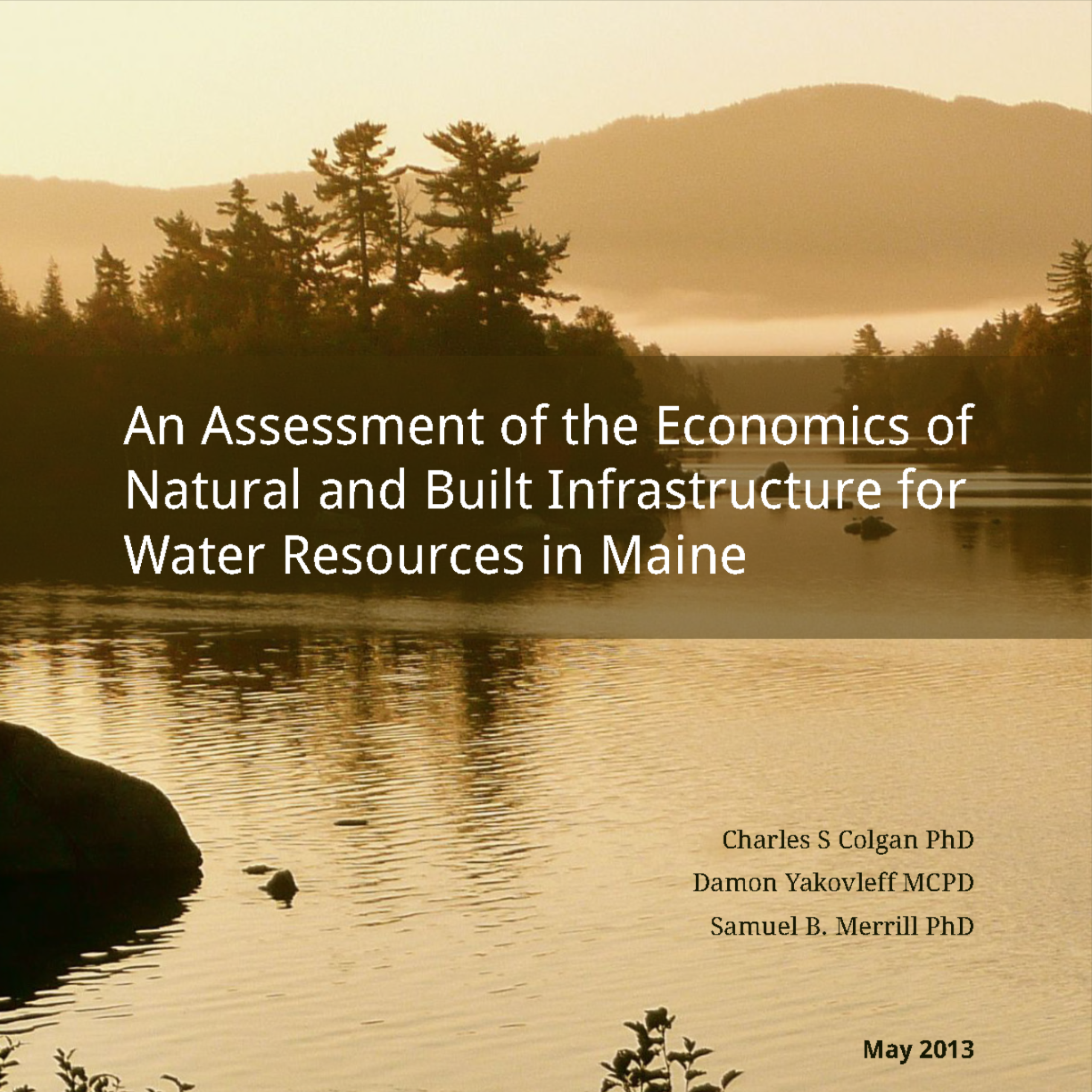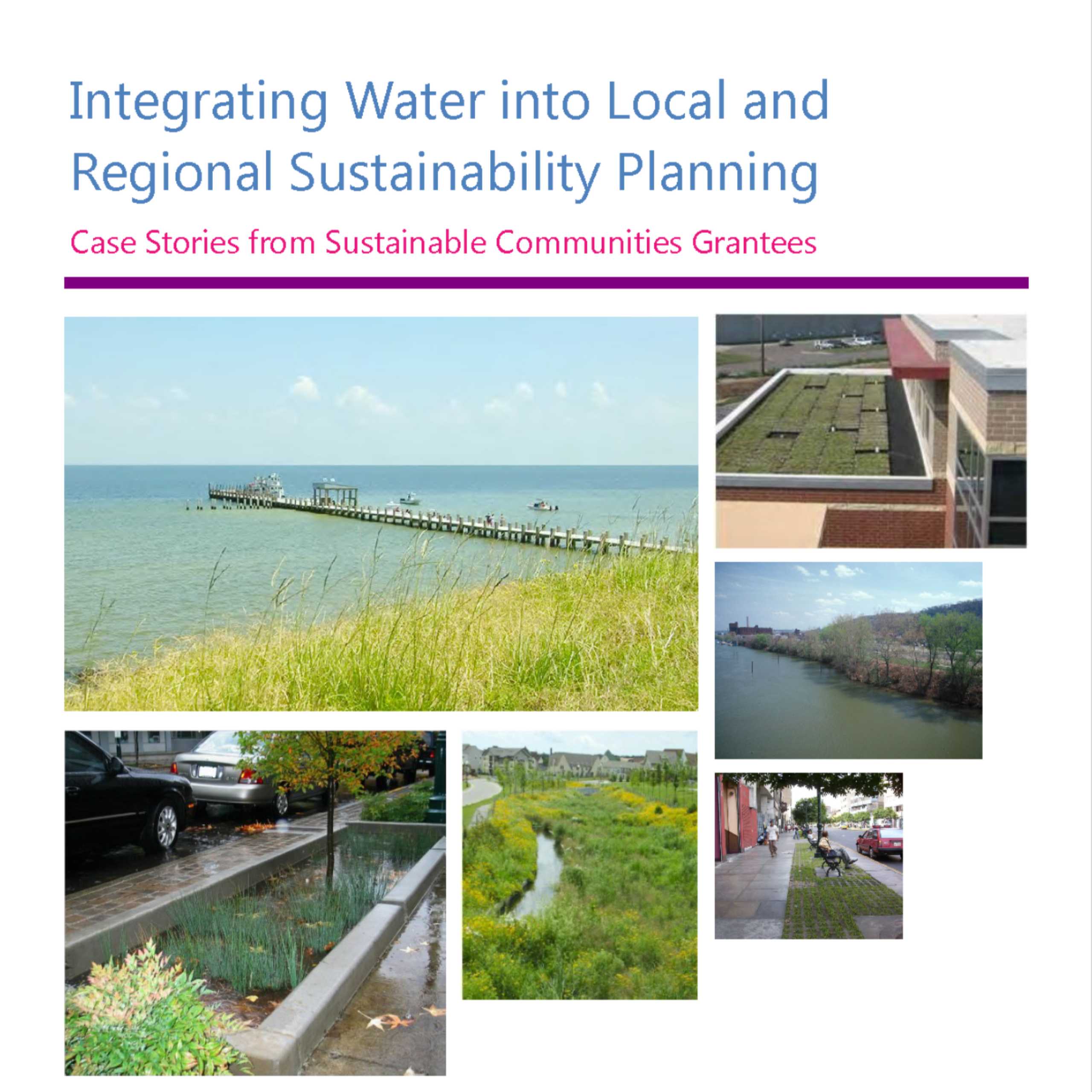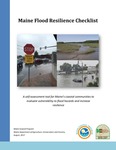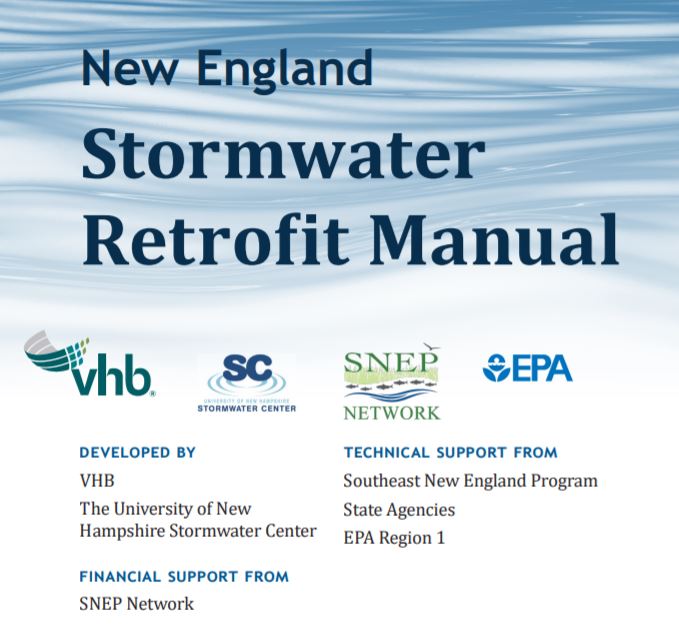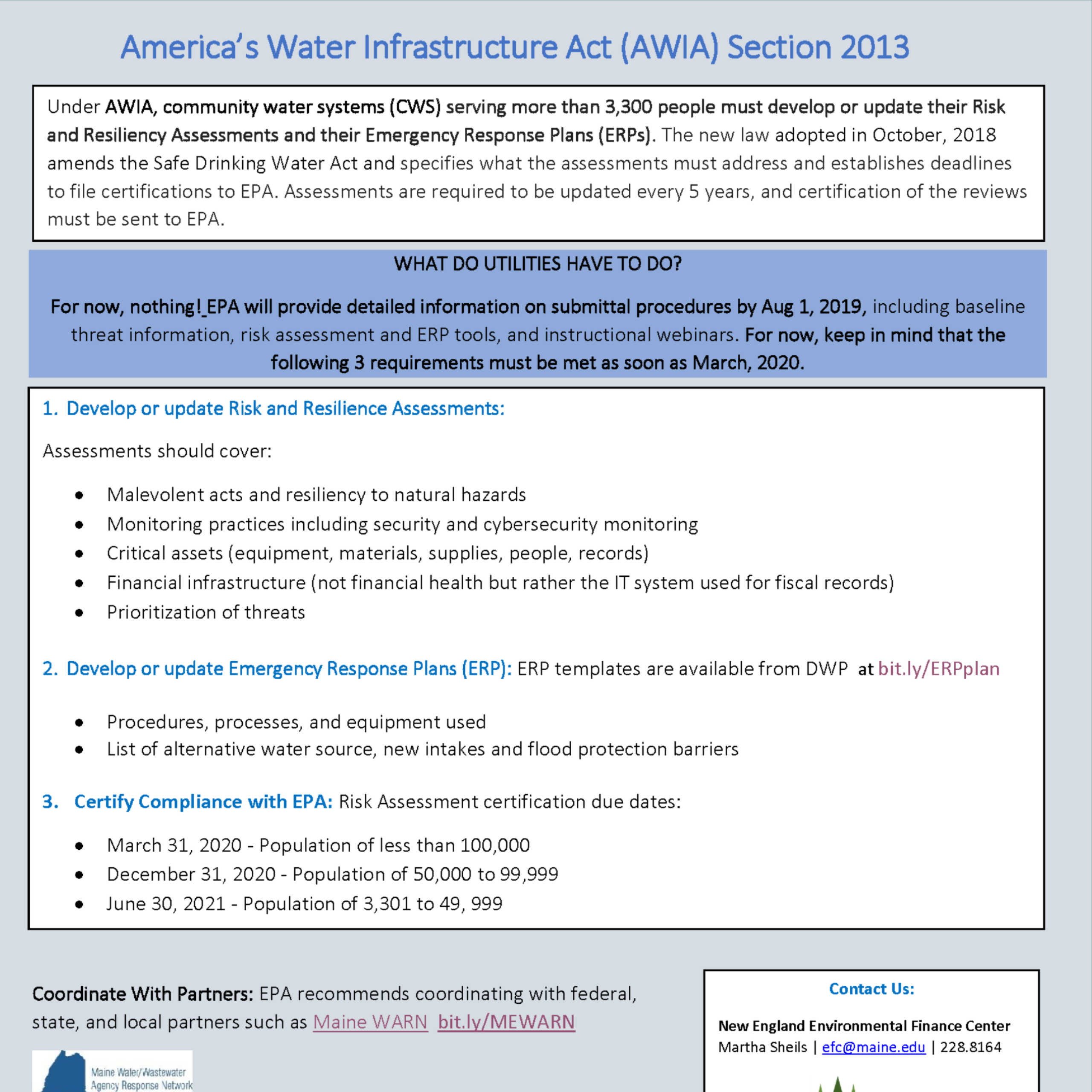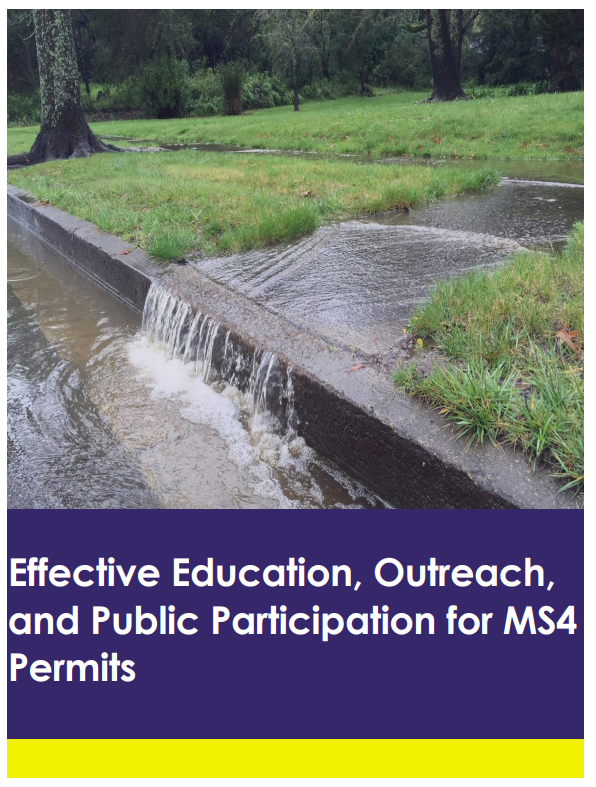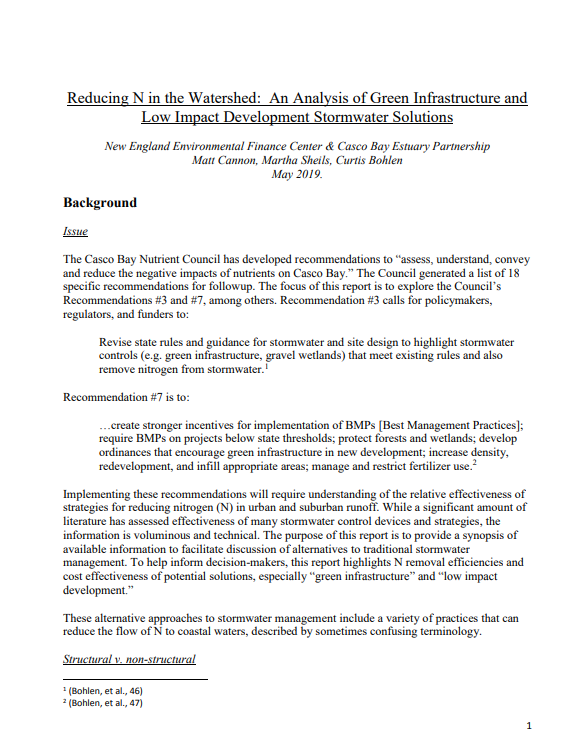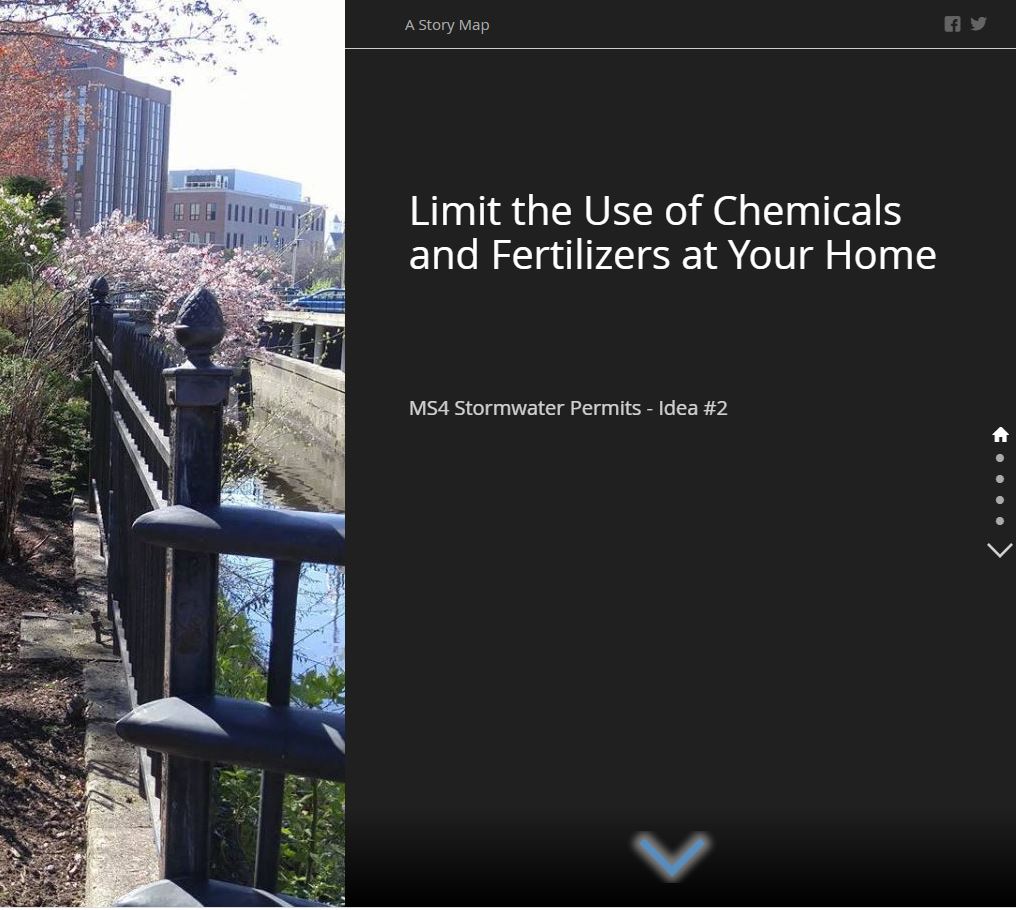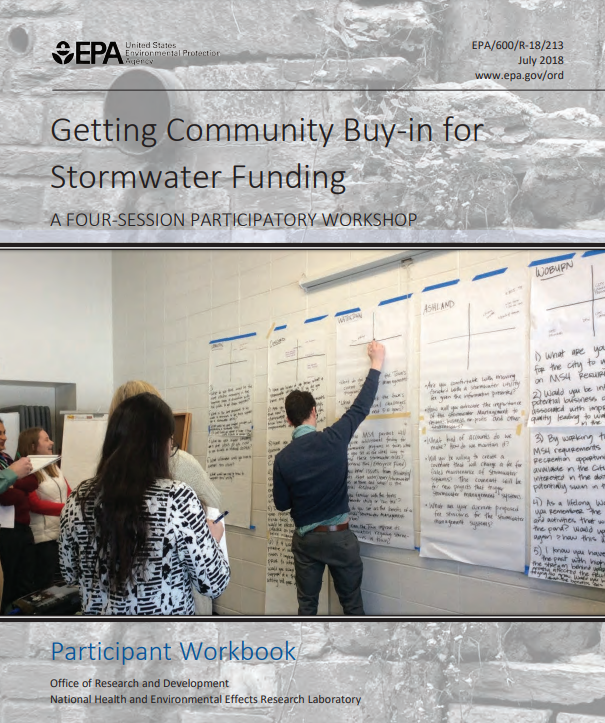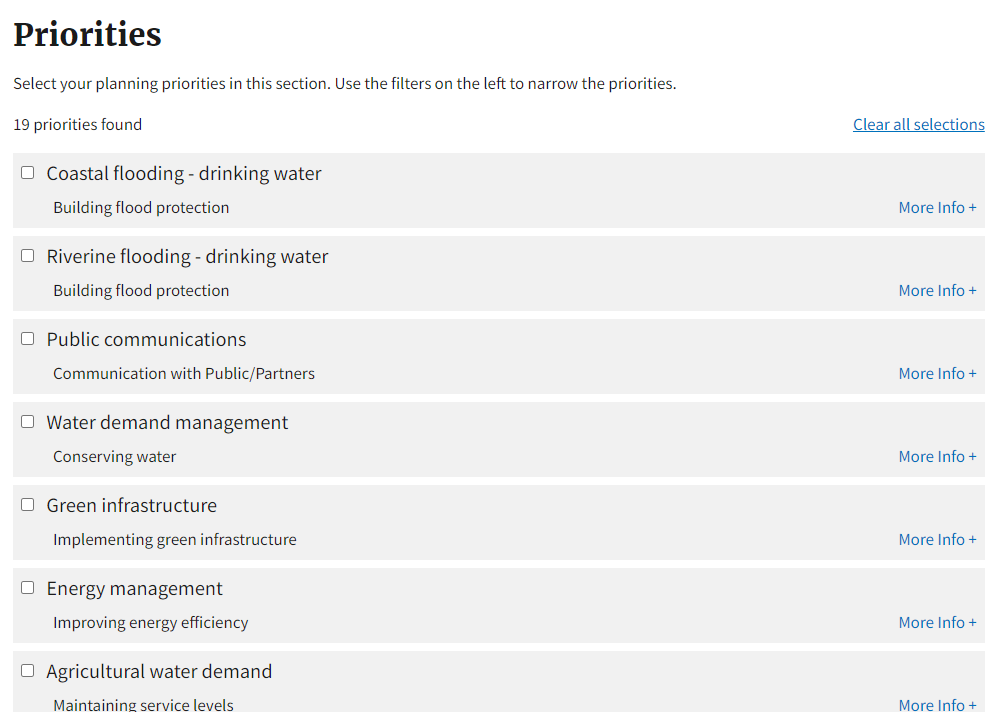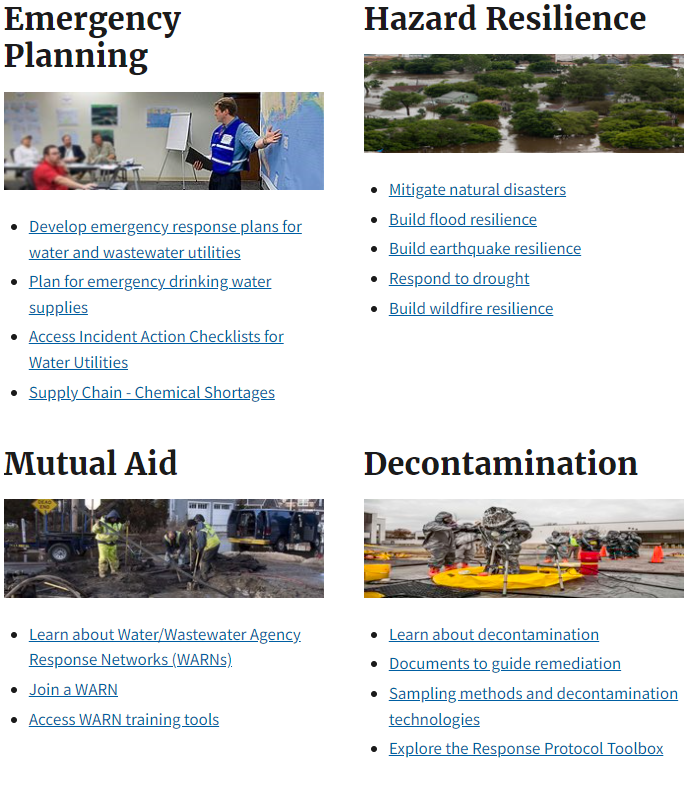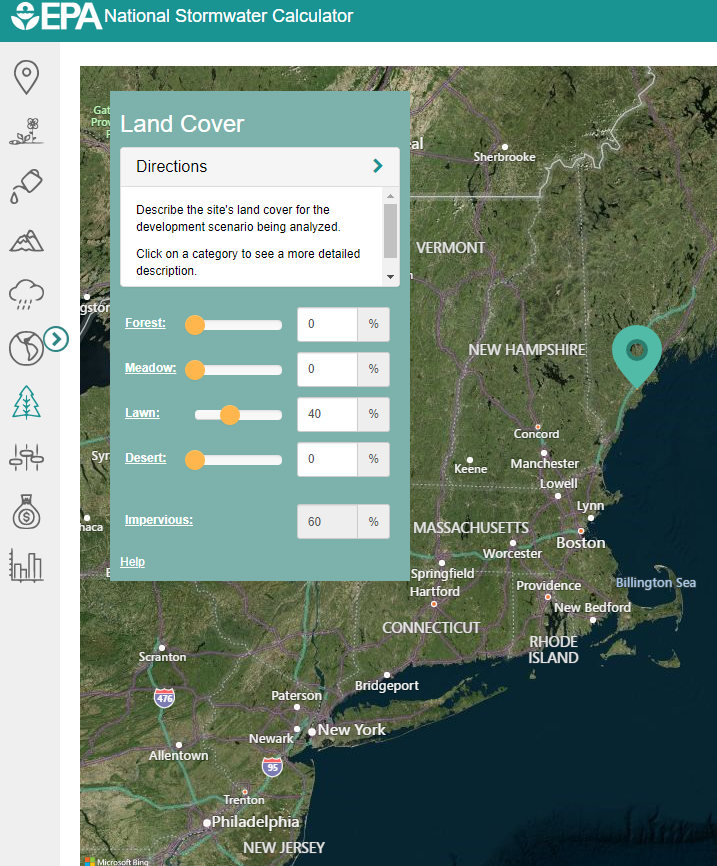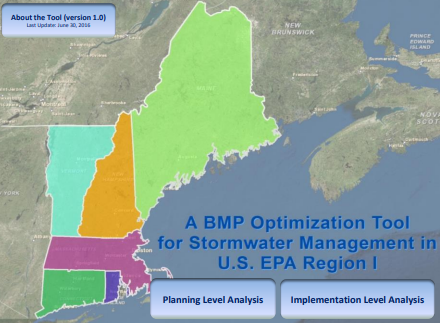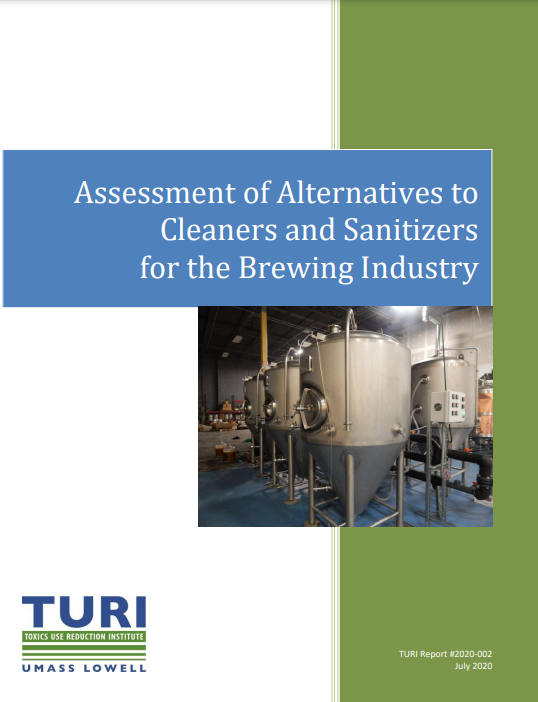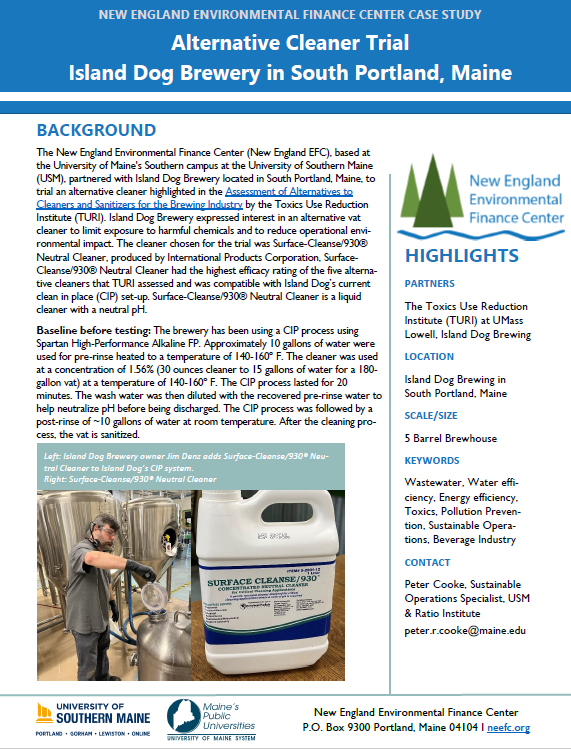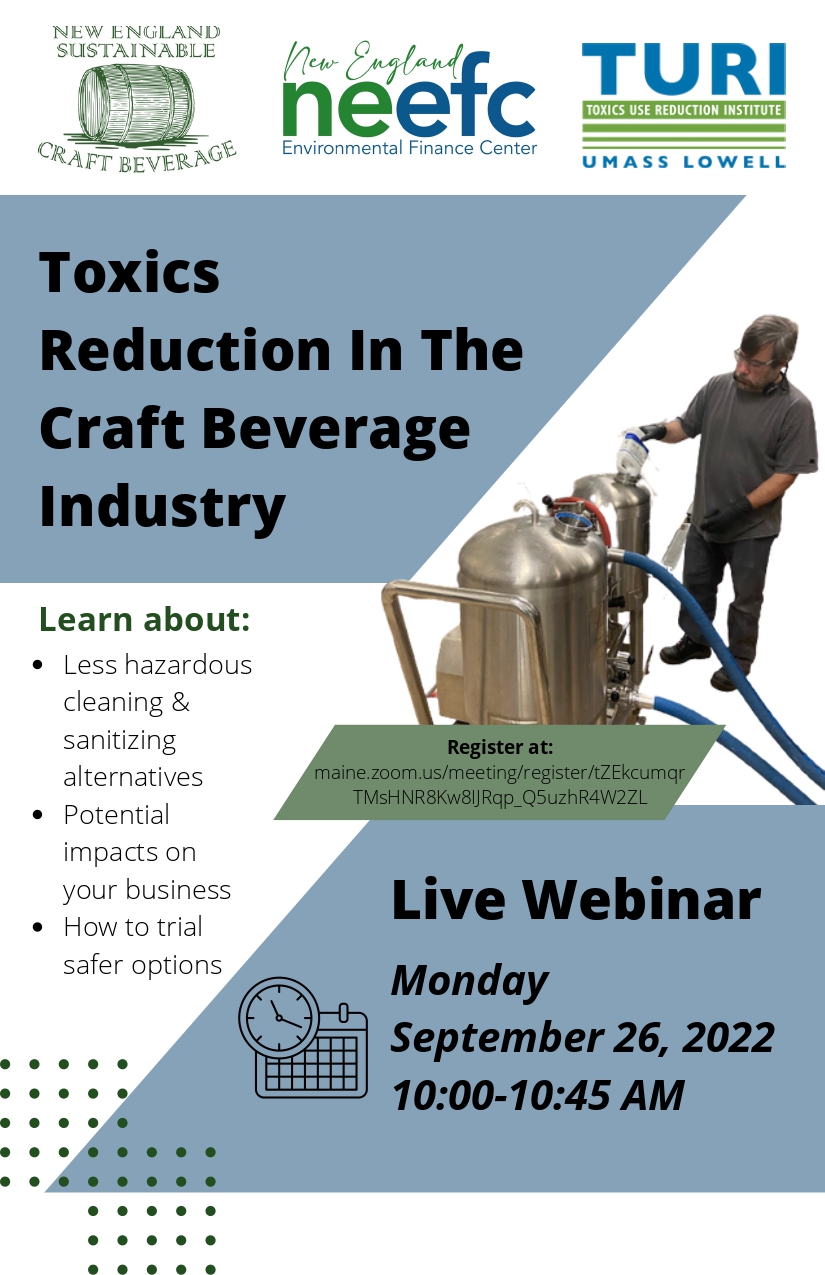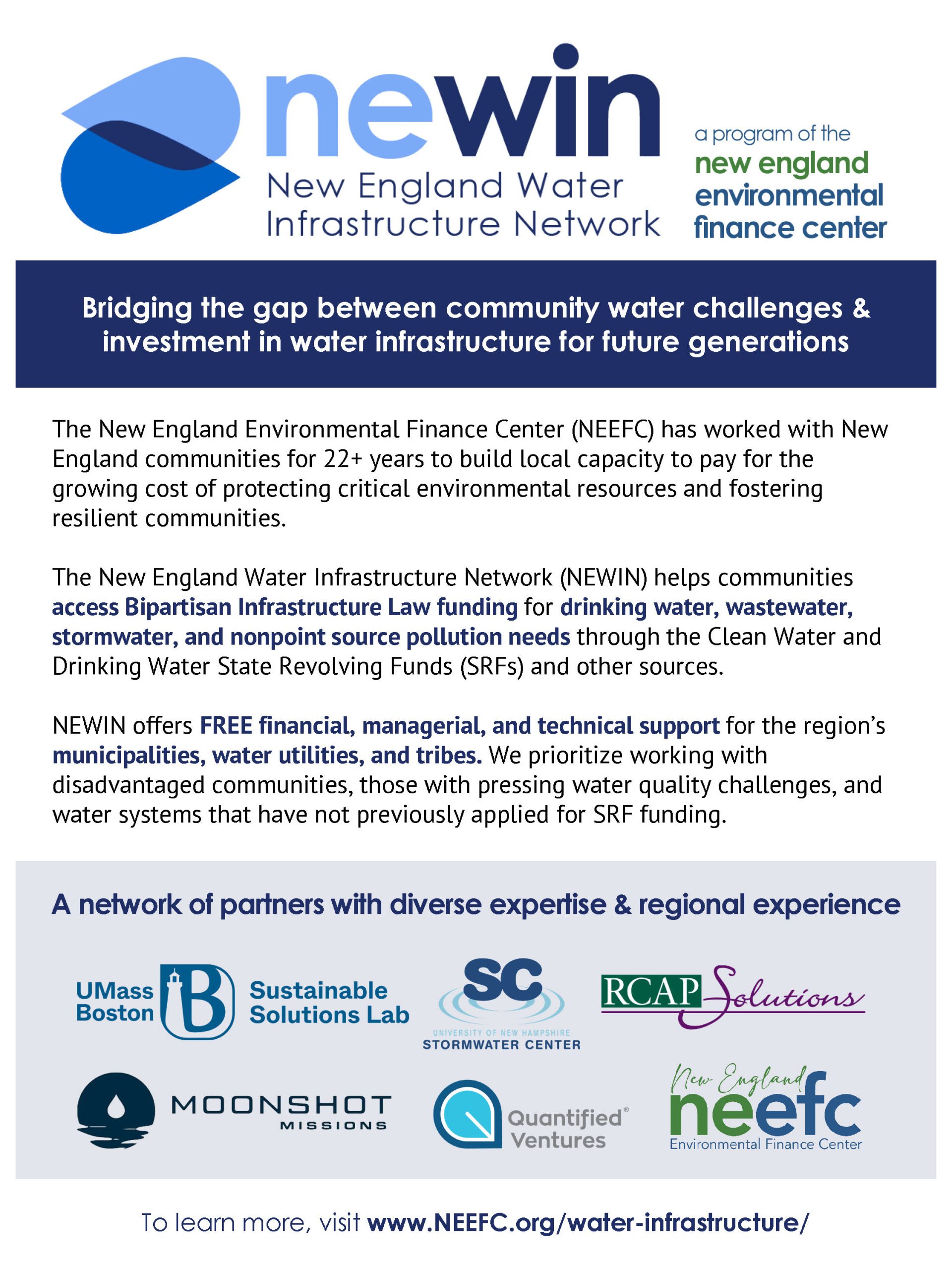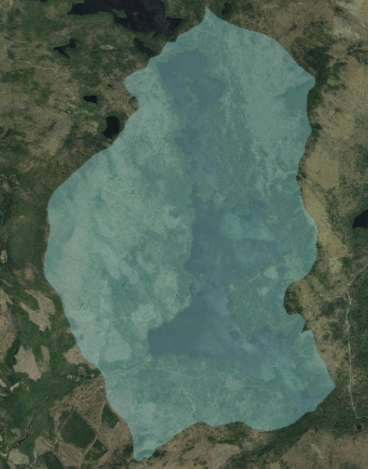Resource Library
Click a topic below for tools, information, and resources.
Funding & Finance
Demystifying the Language of Climate Resilience Financing-NEEFC. Financial terms and industry jargon can confuse and create barriers for small municipalities, tribes, nonprofits, and other community groups seeking financing. This guide clarifies key financial terms and industry jargon with simple definitions and real-life examples to address information gaps and share innovative options to pay for climate resilience needs.
Navigating the Federal Funding Landscape: A Guide for Communities-NEEFC. This guide was developed with small- and mid-sized villages, towns, cities, and tribes in mind to help these communities align priorities with available funding and serve as a jumping-off point for additional research, before investing time and energy into the application process. This guide provides a snapshot of more than 20 major federal funds that support local environmental and climate-related priorities.
Climate Adaptation Finance Mechanisms: New Frontiers For Familiar Tools-Journal of Ocean and Coastal Economics. This article aims to ground the complexities of adaptation finance for public infrastructure and risk management in a discussion of the tools and strategies available to pay for it, largely as it affects the local government level in the U.S., where much investment and construction must take place. There are emerging lessons about how to use such mechanisms and how to approach such decisions. Existing tools used in new applications and combinations present useful opportunities.
Funding and Financing: Options and Considerations for Coastal Resilience Projects-NOAA. Use this quick reference to learn about different types of funding and financing for coastal resilience projects, and considerations for each.
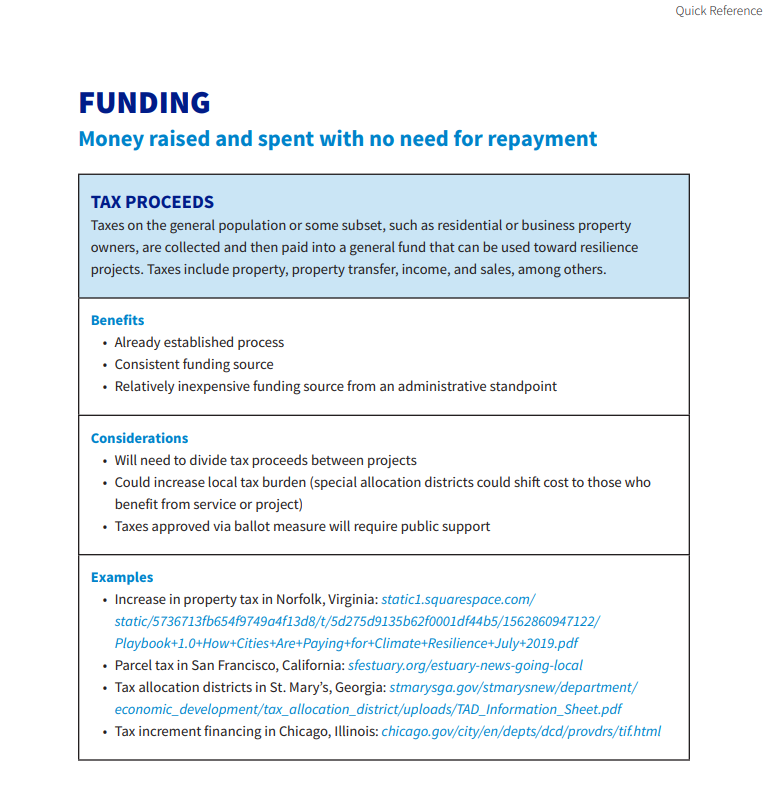
Community Resilience Funding Guidance Series: Setting Municipalities up for Success-NEEFC, CBEP, & MaineDEP. This series assembles the wisdom and expertise of local municipal officials on the challenges and opportunities to funding community resilience initiatives. This document is intended for municipal officials and highlights various best practices that represent where communities might pursue actions in response to identified gaps.
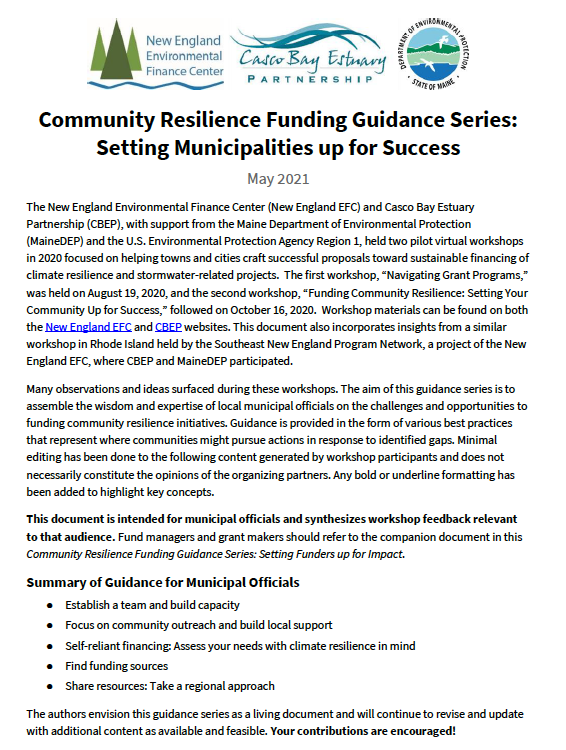
Community Resilience Funding Guidance Series: Setting Funders up for Impact-NEEFC, CBEP, & MaineDEP. This series assembles the wisdom and expertise of local municipal officials on the challenges and opportunities to funding community resilience initiatives. This document is intended for fund managers and grant makers and highlights various best practices that represent where funders might pursue actions in response to identified gaps.
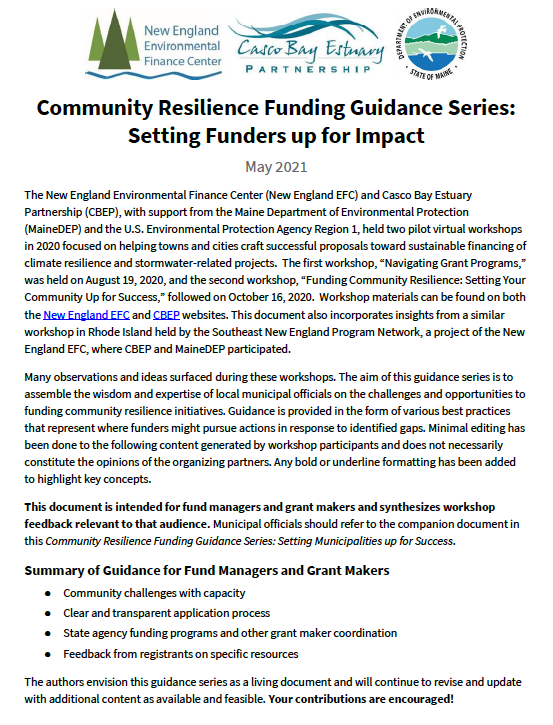
CWSRF Best Practices Guide for Financing Nonpoint Source Solutions: Building Successful Project Funding Partnerships-EPA. This guide aims to share the collective wisdom from those states that have achieved success in this area. This guide is designed to help state staff better align and integrate their state’s CWSRF and NPS management programs. It outlines suggested strategies and key elements needed to expand the use of the CWSRF to address priority NPS needs as specified in state NPS management program plans, and it identifies potential obstacles and how to overcome them. Lastly, the guide provides case studies of successful and innovative partnerships underway across the country.
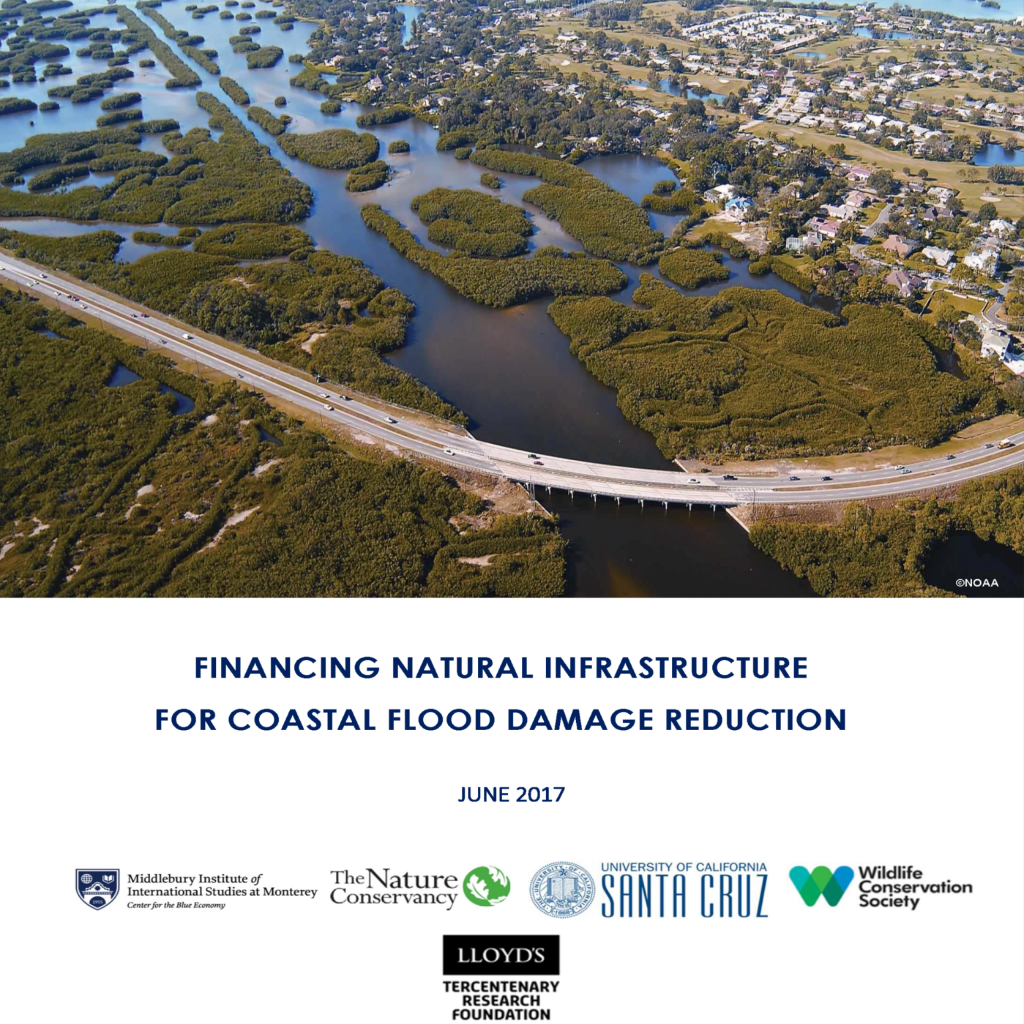
Financing Natural Infrastructure for Coastal Flood Damage Reduction-Middlebury Institute of International Studies at Monterey, The Nature Conservancy, University of California Santa Cruz, Wildlife Conservation Society, & Lloyd’s Tercentenary Research Foundation. This paper explores financial tools for investing in natural infrastructure to reduce current and future risks from flooding.
Climate Adaptation & Resilience
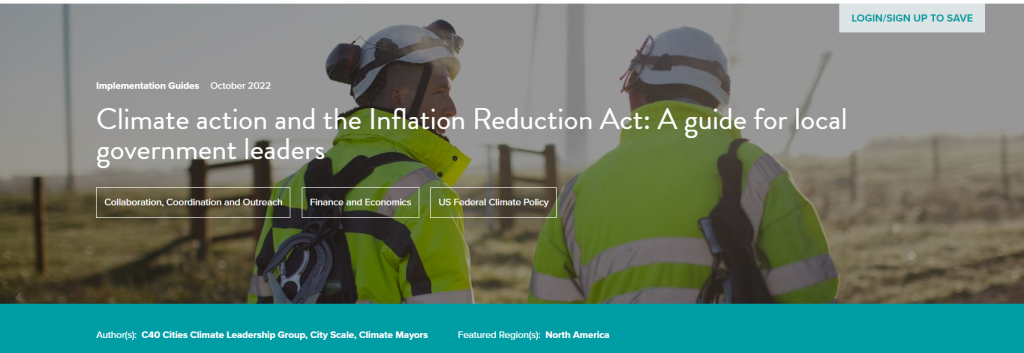
Climate action and the Inflation Reduction Act: A guide for local government leaders. This guide book includes details about the allocation process, strategic action, eligible projects, related provisions, and additional recourse for local governments. The Inflation Reduction Act of 2022 (IRA) is the largest investment in climate action the United States has ever made and will provide $369 billion for climate solutions across the country.
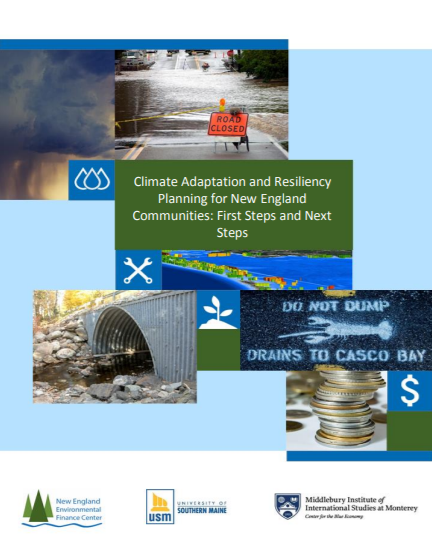
Climate Adaptation and Resiliency Planning for New England Communities: First Steps and Next Step
This guide synthesizes the array of accessible, relatively low-cost online tools that smaller communities around the nation, and particularly in New England, may find helpful to plan for climate adaptation and resilience. These tools include guidelines, models and visualization tools, communication guidelines, financing adaptation measures, and case studies.
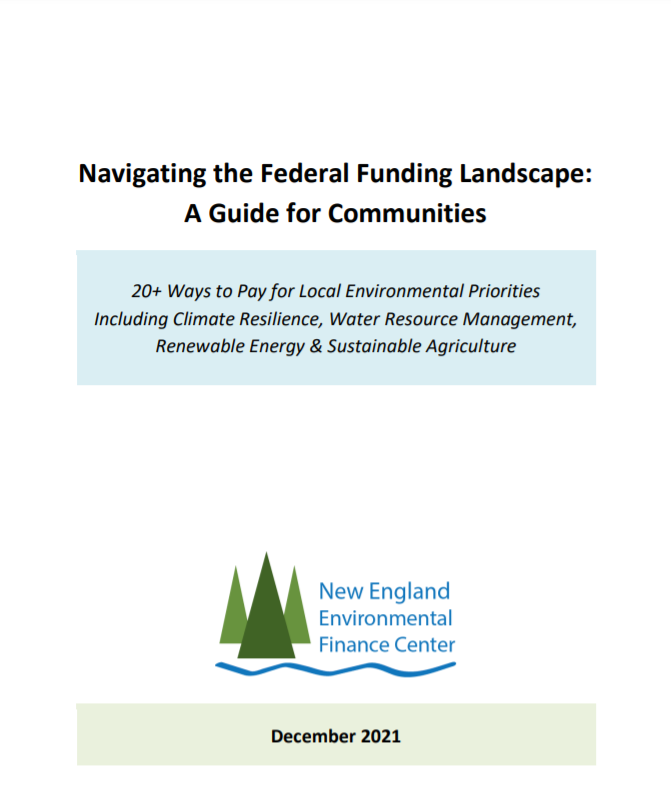
Navigating the Federal Funding Landscape: A Guide for Communities. This guide was developed with small- and mid-sized villages, towns, cities, and tribes in mind to help these communities align priorities with available funding and serve as a jumping-off point for additional research, before investing time and energy into the application process. This guide provides a snapshot of more than 20 major federal funds that support local environmental and climate-related priorities.
Community Case Studies: Climate Resilience Planning & Financing to Support Local Economic Stability & Growth-NEEFC, UMD-EFC, SU-EFC, EFC West, & EPA.
The New England Environmental Finance Center (EFC) partnered with EFCs at the University of Maryland, Syracuse University, and EFC West to provide targeted technical and financing assistance to small- and medium-sized communities around the country, including cities and towns, regional planning entities, and tribal organizations. Projects piloted new approaches and developed resources and action plans to alleviate community barriers to funding local environmental priorities, including climate resilience, water resources management, rangeland management, and renewable energy.
Project Prioritization Worksheet-NEEFC. Use this worksheet to evaluate and prioritize which projects or strategies to implement. This worksheet uses multiple criteria (feasibility, social, economic, and environmental benefits, community objectives) to determine an overall score. Higher scores generally denote higher feasibility and priority.
Building Community Resilience with Nature-Based Solutions: A Guide For Local Communities-FEMA. The key goal of this guide is to help communities identify and engage the staff and resources that can play a role in building resilience with nature-based solutions. Planning and building cost-effective nature-based solutions will require collaboration. Many departments may need to be involved in planning and carrying out the strategies in this guide
An Assessment of the Economics of Natural and Built Infrastructure for Water Resources in Maine-NEEFC. This report examines the opportunities to more cost effectively address water resource management needs in Maine through the combined use of natural systems (“natural infrastructure”) and lower cost decentralized structures (part of the general category of “built infrastructure”).
Local Transportation Decisions for a Resilient Future Project Report for the Town of Scarborough, Maine-NEEFC. This pilot study describes the use of the Maine DOT decision support tool for timing of culvert replacements, applied at the municipal level
Climate Adaptation and Resiliency Planning for New England Communities: First Steps and Next Steps-NEEFC.
This guide synthesizes the array of accessible, relatively low-cost online tools that smaller communities around the nation, and particularly in New England, may find helpful to plan for climate adaptation and resilience. These tools include guidelines, models and visualization tools, communication guidelines, financing adaptation measures, and case studies.
Integrating Water Into Local and Regional Sustainability Planning: Case Stories from Sustainable Communities Grantees -EFCN & Sustainable Communities Learning Network. The purpose of this report is to highlight Sustainable Communities grant communities that are successfully integrating water into their federally funded local and regional sustainability planning projects. The case stories featured demonstrate that water can be a central part of planning for a region’s long-term economic competitiveness and quality of place.
Maine Flood Resilience Checklist-Maine Geological Survey. A simple and practical self-assessment tool designed to assist communities evaluate how well positioned they are to prepare for, respond to, and recover from flooding events and sea level rise. It provides an integrated framework for examining local flood risk, assessing vulnerability of the natural, built, and social environments, and identifying specific opportunities, actions, and strategies to enhance community flood resilience. For more information about the Checklist, please contact the Maine Geological Survey or the Maine Municipal Planning Assistance Program. See the Checklist Overview for a quick introduction to the Checklist.
Stormwater & Nutrient Management
New England Stormwater Retrofit Manual-SNEP Network, VHB, University of New Hampshire Stormwater Center. The Stormwater Retrofit Guidance Manual is a key tool for improving New England’s water resources. The guidance is based on how stormwater treatment occurs within structural controls with the understanding that achieving any water quality improvement is beneficial. It provides approaches for making improvements on sites that don’t fit within a current regulatory framework.
America’s Water Infrastructure Act Fact Sheet-NEEFC & Maine CDC. Under AWIA, community water systems (CWS) serving more than 3,300 people must develop or update their Risk and Resiliency Assessments and their Emergency Response Plans (ERPs). The new law adopted in October, 2018 amends the Safe Drinking Water Act and specifies what the assessments must address and establishes deadlines to file certifications to EPA. This fact sheet highlights the requirements of the new law.
Effective Education, Outreach, and Public Participation for MS4 Permits-NEEFC & CCSWCD. This report considers the various methods being used across the county to maximize effective Clean Water Act Municipal Separate Storm Sewer System (MS4) Minimum Control Measures 1 and 2 (MCM 1 and MCM 2) compliance.
Reducing N in Casco Bay, Maine: An Analysis of Green Infrastructure and Low Impact Development Stormwater Solutions-NEEFC & CBEP. The Casco Bay Nutrient Council has developed recommendations to “assess, understand, convey and reduce the negative impacts of nutrients on Casco Bay.” The Council generated a list of 18 specific recommendations for follow up. The focus of this report is to explore the Council’s Recommendations #3 and #7, among others.
Stormwater Education and Outreach Materials for Municipalities-NEEFC:
Getting Community Buy-in for Stormwater Funding: A Four-Session Participatory Workshop: Participant Workbook-EPA. This Participant Workbook is a process tool for an agency or organization to implement a multi-session, participatory workshop for municipalities to engage their communities in the development of stormwater funding solutions.
Climate Resilience Evaluation & Awareness Tool (CREAT)-EPA. New England EFC has first-hand experience with using this tool by working with EPA and the Greater Augusta Utility District. EFC can help you use this tool, call us. The CREAT tool developed by the EPA allows users to evaluate potential impacts of climate change on their utility and to evaluate adaptation options to address these impacts using both traditional risk assessment and scenario-based decision making. CREAT provides libraries of drinking water and wastewater utility assets (e.g., water resources, treatment plants, pump stations) that could be impacted by climate change, possible climate change-related threats (e.g., flooding, drought, water quality), and adaptive measures that can be implemented to reduce the impacts of climate change. New England EFC could help your utility use the CREAT tool.
Resilient Strategies Guide for Water Utilities-EPA. The Resilient Strategies Guide introduces drinking water, wastewater, and stormwater utilities to the adaptation planning process. Utilities can use the Guide to identify their planning priorities, vulnerable assets, potential adaptation strategies and available funding sources. Information in the Guide is based on the experiences of other utilities adapting to climate change and the resources available to support them in pursuing similar strategies.
Emergency Response for Drinking Water and Wastewater Utilities-EPA. EPA has a variety of tools and guidance to support drinking water and wastewater utility preparedness and response.
National Stormwater Calculator-EPA. EPA’s National Stormwater Calculator (SWC) is a software application tool that estimates the annual amount of rainwater and frequency of runoff from a specific site using green infrastructure as low impact development controls. The SWC is designed for use by anyone interested in reducing runoff from a property, including site developers, landscape architects, urban planners, and homeowners.
Opti-Tool-EPA. Opti-Tool is a spreadsheet-based optimization tool designed to assist stormwater (SW) managers and consulting engineers in preparing technically sound and cost-effective watershed SW management plans to achieve needed pollutant and volume reductions more affordably from developed landscapes throughout the New England Region.
Sustainable Operating Practices
Assessment of Alternatives to Cleaners and Sanitizers for the Brewing Industry-TURI. The laboratory at the Toxics Use Reduction Institute at UMass Lowell (TURI) completed an evaluation of
common cleaning and sanitizing chemicals and potential alternatives. Cleaners and sanitizers were tested based
on their ability to remove soils accrued in the primary brewing and fermentation processes, as well as to ensure
sanitization of the tanks between uses.
Alternative Cleaner Trial: Island Dog Brewery in South Portland, Maine-NEEFC. The New England Environmental Finance Center partnered with Island Dog Brewery located in South Portland, Maine, to trial an alternative cleaner highlighted in the Assessment of Alternatives to Cleaners and Sanitizers for the Brewing Industry by the Toxics Use Reduction Institute (TURI). Island Dog Brewery expressed interest in an alternative vat cleaner to limit exposure to harmful chemicals and to reduce operational environmental impact.
Toxics Reduction In The Craft Beverage Industry Webinar. The New England Sustainable Craft Beverage Recognition Program paired up with the Toxics Use Reduction Institute to host a webinar on toxics use reduction in the craft beverage industry. Learn about: less hazardous cleaning & sanitizing alternatives; potential impacts on your business; and how to trial safer options.
Water Infrastructure
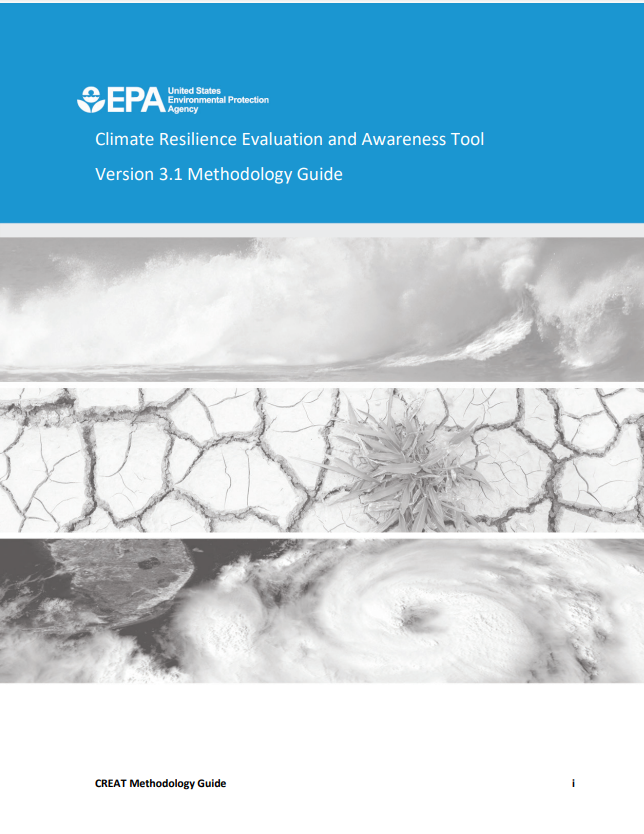
Resiliency Means Business – Part 1: A Broad Approach to Safety and Robust Service Reliability
Resiliency is a popular term in the news today, from individual wellness to the fate of the planet. What does it mean for water utilities? This is a brief overview of the concept, practices, and regulations around resilience as it is relevant to water and wastewater utilities. Resilience and emergency planning are closely related. But most important is this message: resiliency is an ongoing process, not a crisis plan on a shelf. It can strengthen every aspect of your utility. Resiliency means business. This overview, written by Jack Kartez, Senior Advisor/Emeritus Director, New England Environmental Finance Center, starts you on the path to system resilience.
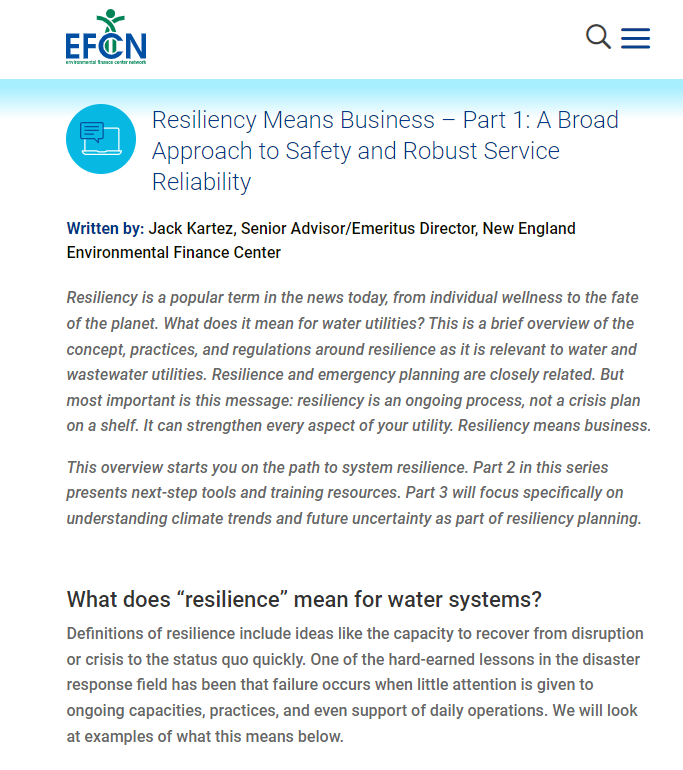
Climate Resilience and Evaluation Tool (CREAT) tool Methodology Guide
The U.S. Environmental Protection Agency (EPA) developed the Climate Resilience Evaluation and
Awareness Tool (CREAT) to assist drinking water, wastewater, and stormwater utility owners and
operators in understanding potential climate change threats5 and assessing the related risks at
their individual utilities. CREAT was developed under EPA’s Creating Resilient Water Utilities
initiative.
New England Water Infrastructure Network (NEWIN) Fact Sheet. This fact sheet describes a new source of financial, managerial, and technical support for water infrastructure projects.
Collaboration opportunities for Drinking water Source Water Protection Fact Sheet-NEEFC & Maine CDC. This fact sheet highlights collaborative relationships and financial resources for achieving clean water goals.
Funding Land Conservation Projects–EPA. This fact sheet demonstrates how the CWSRF provides assistance to eligible recipients for projects promoting land conservation and restoration and highlights successful projects in California, Georgia, and Ohio.
Public Water Resources Information System in Maine: Mapping of public water system sources and protected areas in Google Earth-Maine DEP. This site is intended to assist planners, developers, and regulators who have a need to know the location of areas that are used as public water supplies.
Sponsorship Lending and the CWSRF–EPA. This fact sheet demonstrates how the CWSRF provides assistance to eligible recipients through sponsorship lending. It highlights successful projects in Idaho and Iowa.
